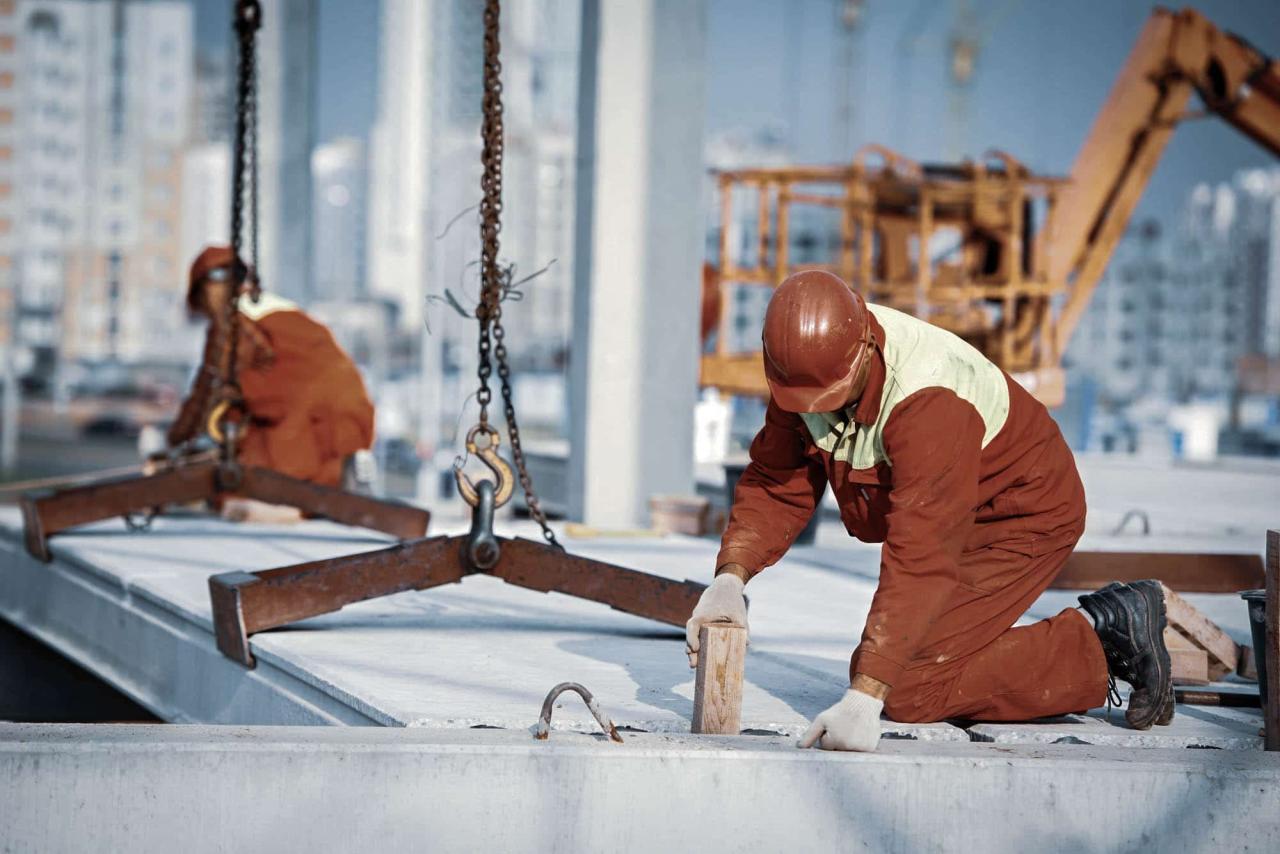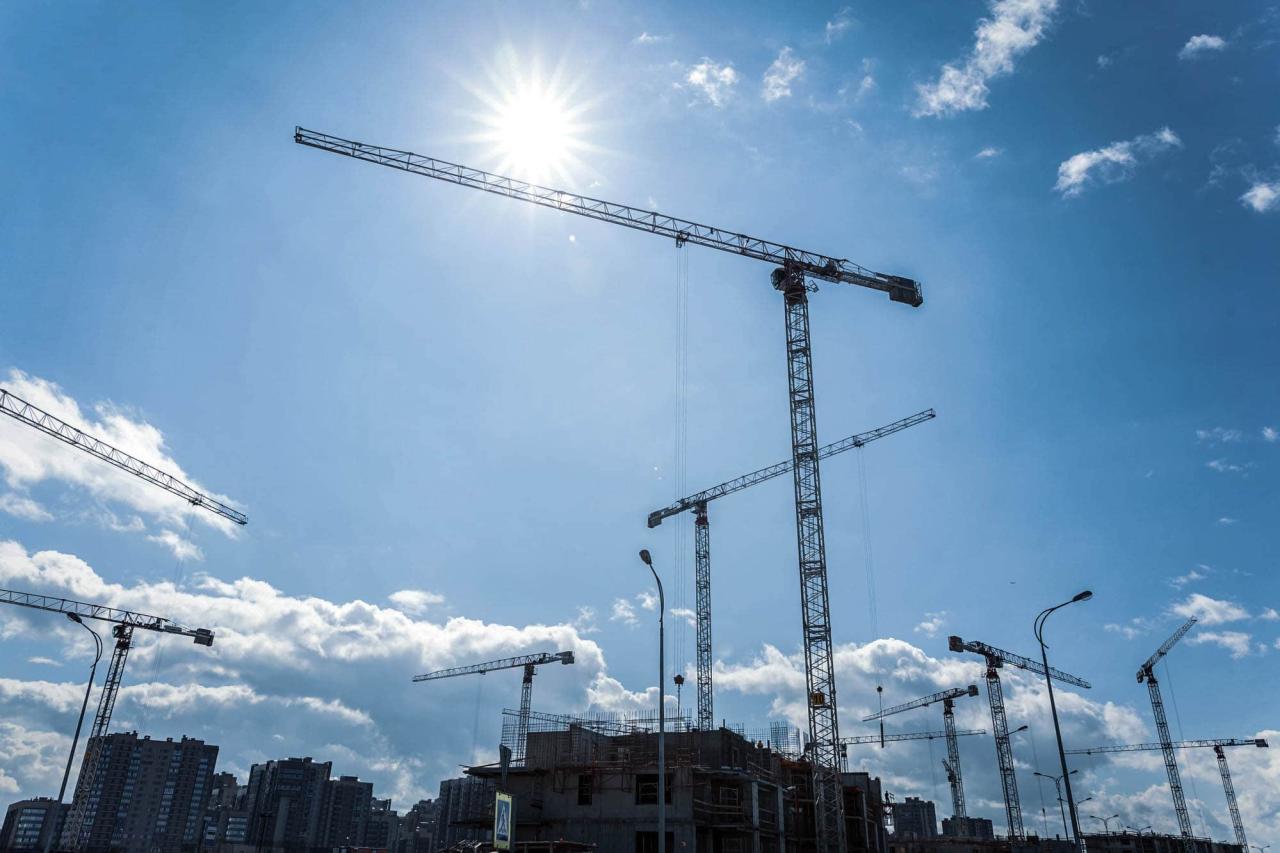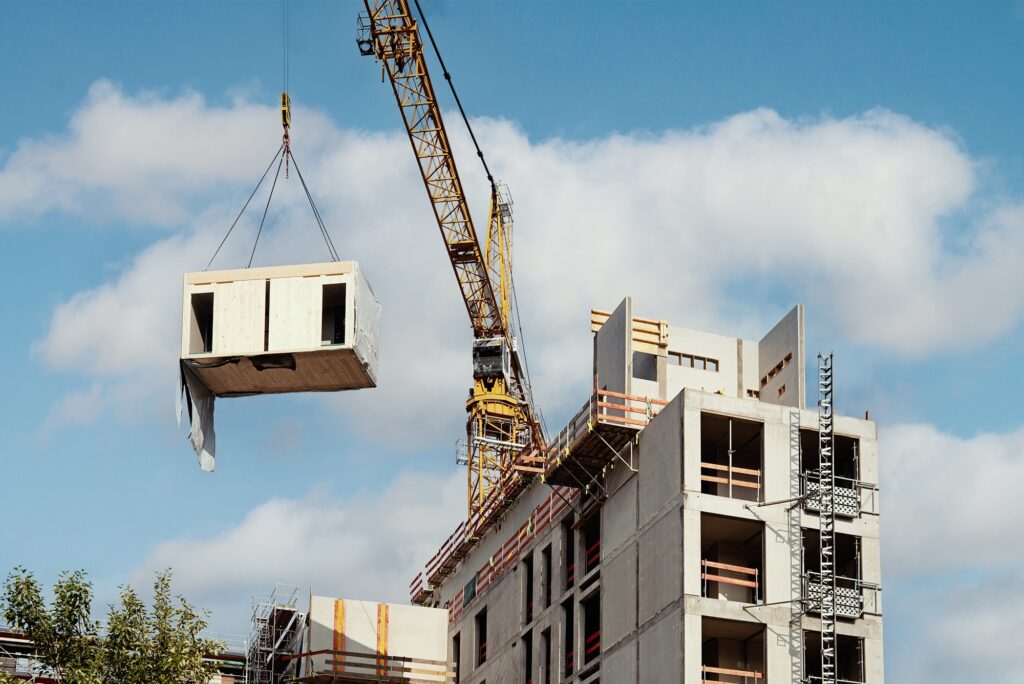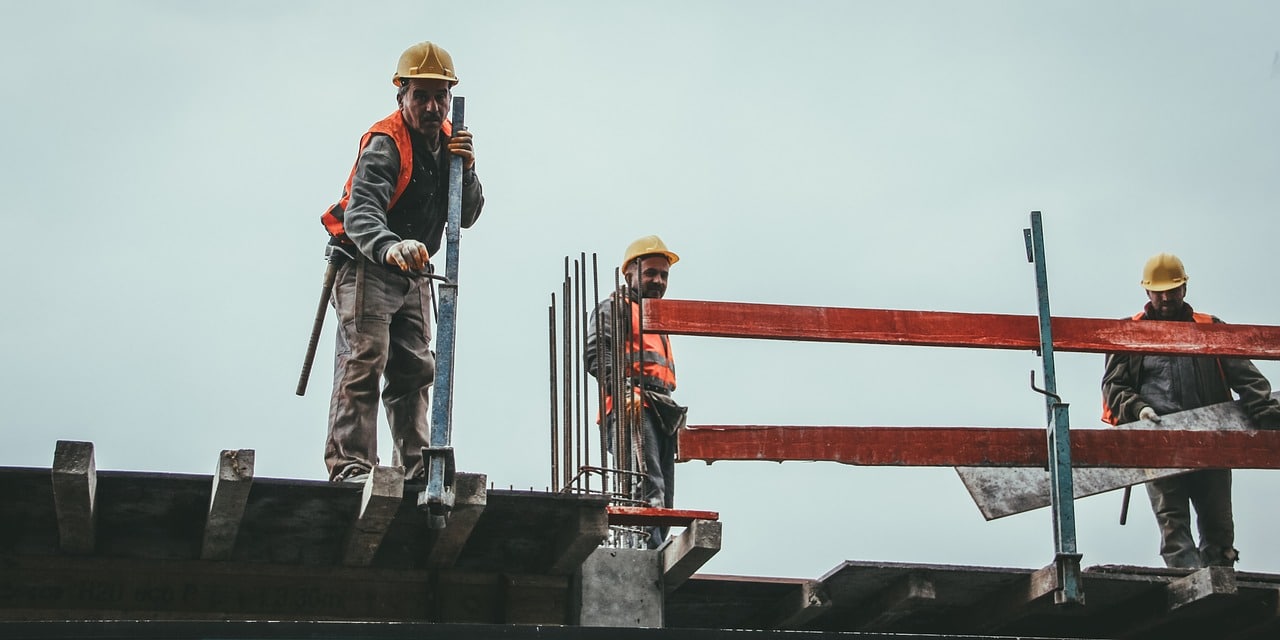There’s a strong trend toward the modular construction approach—in fact, the global market is expected to reach $175 billion by 2025.
But why are more companies building modular structures? Is modular construction cheaper than other methods? What advantages do modular construction techniques bring to the table?
Modular construction is gaining more attention, and for good reason. Before we dive into the pros and cons, let’s define the modular construction system so we’re all on the same page.
What is modular construction?
Modular construction techniques involve manufacturing the components of a structure in a factory that will later be assembled on-site. You may have heard this described as “off-site construction” or “prefabrication”—these terms are interchangeable with modular construction.
Modular construction follows the same process as other types of building with one significant difference—it takes the most time-consuming parts of a project off-site to improve construction speed. This offers more scalability and makes repetitive volume building possible.
The pros of modular construction
These three key advantages of modular construction show why this practice is gaining traction throughout the industry:
1. Modular construction is more affordable and efficient
When you build structures on-site, material and labour costs add up quickly. And in many areas, skilled labour is in short supply and comes at a premium price. Modular construction manufacturers attract competitive and skilled workers. Manufacturers also have the advantage of better access to raw materials and logistics like rail cars.
Modular construction is more efficient in the sense that factory and site work can happen simultaneously. This significantly speeds up construction time without sacrificing quality.

2. Modular construction creates less waste and requires little space
A case study by WRAP UK suggests that modular construction can reduce on-site material waste by up to 90% over traditional construction methods. With environmental concerns growing in the industry, modular construction is becoming a popular choice to limit the waste produced on each project.
Modular construction also helps keep the site clean and safe while providing crews more space to do their job. When building components off-site, there’s less clutter and concern about theft, particularly in compact urban settings.
Free eBook: Quick guide to Lean practices for construction professionals
3. Modular construction helps eliminate unpredictable delays
Weather is a huge factor in construction delays, but with modular construction, it isn’t a problem.
By fabricating building components in a controlled environment, projects are less prone to delays and come with an additional benefit—workers have safe, comfortable conditions in which they can be more productive, leading to higher-quality products.
On-site installations also go faster. Most components arrive outfitted with flooring, plumbing, and electrical fixtures, further reducing the odds of delays.
The cons of modular construction
Like any construction method, modular construction comes with some challenges, including:
1. The transportation of modular structures comes with costs and risks
Because modular construction components are prefabricated away from the job site, you have to consider transportation costs and the risk of damage during transport. It only takes one mishap during transportation to cause a significant setback.
Transportation and rigging companies have to put a lot of time and effort into planning the logistics of moving around modular construction components. To mitigate the risk of damaging those components, transportation costs can take up a large portion of any project’s budget.

2. There’s a lack of customization with modular construction
Modular construction involves the mass production of components, which is perfect for apartment buildings, hotels, and subdivision homes, but not for projects where custom designs and sizes are needed. Using modular construction to create unique components basically eliminates the time and cost advantages.
Customization is the single biggest advantage that on-site construction has over modular construction. Even slight changes in plan designs can have significant costs.
3. There are few options outside of modular home construction
The number of manufacturers fabricating components for commercial products is growing, but the majority of them focus on creating single-family homes. Many of the benefits of modular construction don’t extend to other more complex projects. Modular manufacturers that have the capabilities and financial capacities to deliver commercial products are quite limited.
Learn more: Why Construction Scheduling Software is More Efficient
However, due to the current and projected growth of the modular construction industry, this con might not stay on the list for too long.
Is modular construction the future of the industry?
While modular construction has only achieved a foothold in a few countries so far, it has the potential to deliver annual cost savings of approximately $20 billion in US and European markets.
The modular construction industry is advancing quickly through the use of digital technologies, lightweight materials, and improved manufacturing processes. Manufacturers are turning around the old reputation of modular home construction and focusing on sustainability and the high-end market.
No matter which construction methods you apply to your projects, LetsBuild can help you stay on schedule, facilitate team communication and manage your workflows to get full visibility and better control of your projects. Learn more about how LetsBuild is revolutionizing the construction industry and get your free demo today.




